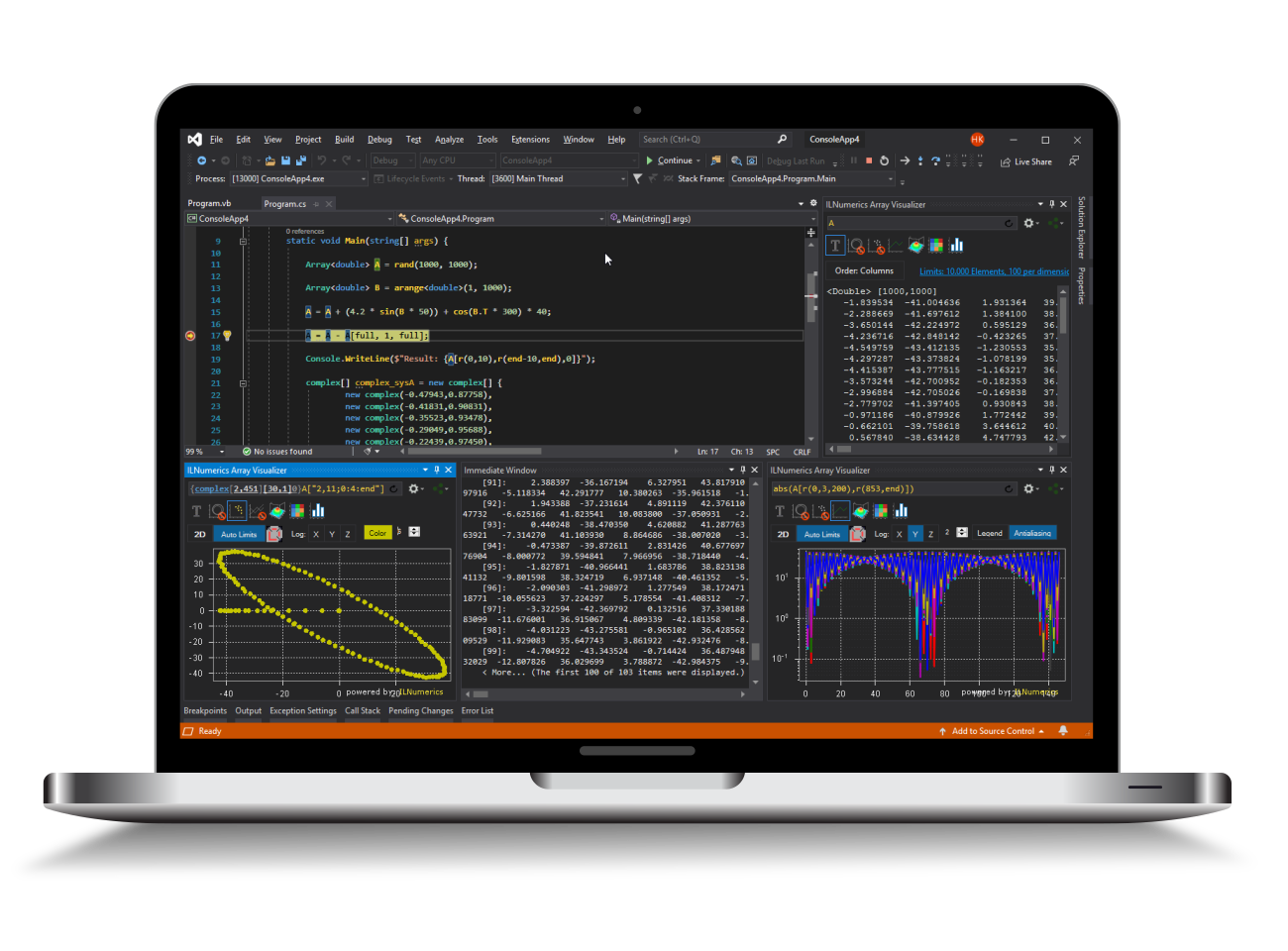Fast Fourier Transform (FFT)
The FFT is a faster version of the Discrete Fourier Transform (DFT).
The algorithm computes the Discrete Fourier Transform of a sequence and its inverse. A Fourier transformation converts a signal (samples, measures) from its original representation in the time or space domain into a representation in the frequency domain and vice versa. It must be noted that both representations carry the same information about the source signal. However, the frequency domain allows a very different perspective to your data, delivers valuable insights and allows for efficient manipulation of your data in many technical applications.
Basically, the frequency domain as the result of the FFT allows one to look at the data as being assembled out of a number of sine and cosine wave signals. The sinusoidals originate from a spectrum of frequencies which are determined by the sampling frequency of the original data. The frequency bins delivered by the FFT provide information about the intensity (magnitude) of the individual frequencies. It
An FFT rapidly computes such transformations by an efficient factorizing algorithm. As a result, the complexity of the computation is dramatically reduced and the results are delivered much faster.
ILNumerics’s FFT function is an effective tool for computing the Discrete Fourier Transform of a signal directly in .NET. The following code examples demonstrate the application of the FFT functions in ILNumerics for .NET.
